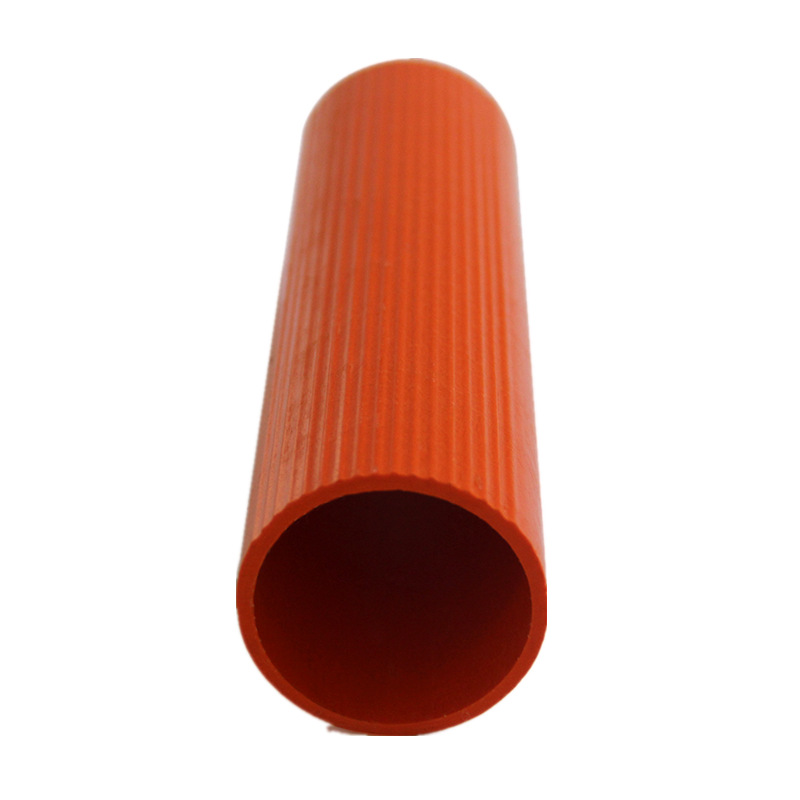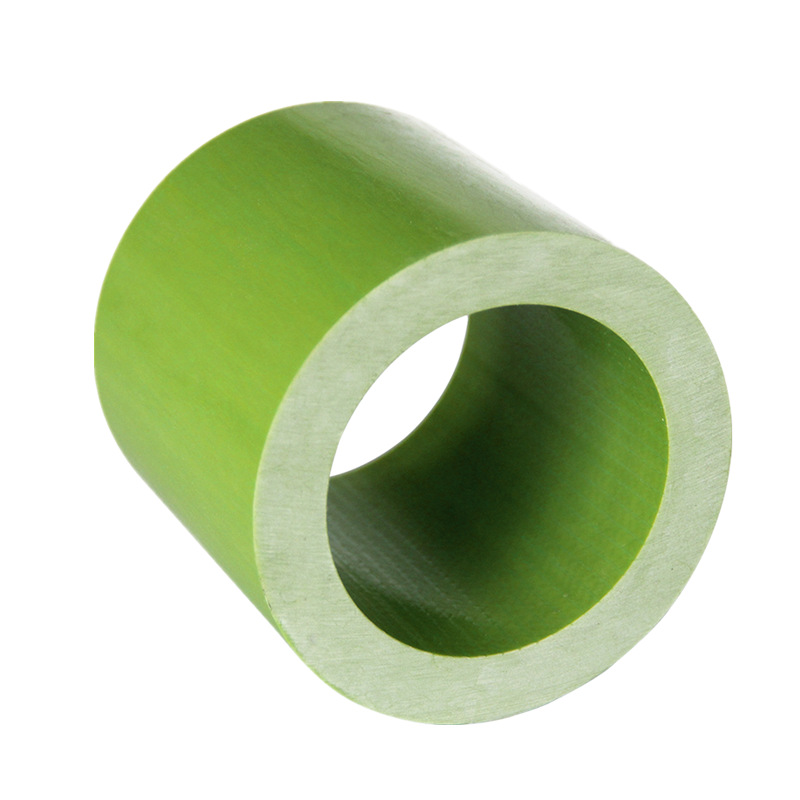Overview
Fiberglass Extruded Round Tubes are cylindrical composite profiles manufactured via pultrusion, offering a balance of structural strength, dimensional precision, and cost-effectiveness. Unlike filament-wound tubes, extruded round tubes feature a unidirectional or random fiber orientation, providing consistent mechanical properties along the length. Standard diameters range from 10mm to 200mm, with wall thicknesses of 1-5mm and lengths up to 6 meters, though custom sizes are available.
The extrusion process ensures a smooth outer surface and uniform wall thickness, with tensile strength ranging from 150-250 MPa and flexural modulus of 10-18 GPa. These tubes are often used in applications requiring linear motion, structural support, or lightweight tubing where high pressure resistance is not the primary focus. They can be supplied with plain, gritted, or painted surfaces for enhanced grip or aesthetics.
Features
Dimensional Consistency: Pultrusion ensures tight tolerances (diameter ±0.3mm, wall thickness ±0.1mm), making them suitable for applications requiring precise fitment, such as telescopic poles or conveyor rollers.
Cost-Effective Solution: Lower manufacturing costs compared to filament-wound tubes while maintaining good mechanical properties, ideal for high-volume applications like agricultural supports or recreational equipment.
Weather Resistance: UV-stabilized resins prevent surface degradation, with outdoor service life exceeding 20 years without significant strength loss, even in tropical or arid climates.
Non-Metallic Advantages: Non-conductive, non-magnetic, and resistant to galvanic corrosion when in contact with dissimilar metals, making them safe for electrical and marine environments.
Easy Fabrication: Can be cut, drilled, or tapped using standard tools, and compatible with most adhesives for assembling complex structures without thermal distortion.
Applications
Agriculture: Greenhouse supports, irrigation system frames, and livestock fencing, resisting rust and chemical fertilizers better than steel or aluminum.
Sports & Recreation: Tent poles, fishing rod blanks, and bicycle components, offering lightweight durability for outdoor equipment.
Electrical Industry: Insulating tubes for power lines, transformer supports, and circuit board fixtures, ensuring electrical safety and thermal stability.
Material Handling: Conveyor rollers, trolley tracks, and storage rack components in warehouses, reducing wear and noise compared to metal equivalents.
FAQ
Q: What is the difference between Fiberglass Extruded Round Tube and FRP Round Tube?
A: Extruded tubes are pultruded with primarily longitudinal fibers for axial strength, while FRP round tubes (often filament-wound) have circumferential fibers for radial pressure resistance.
Q: Can these tubes be used for load-bearing columns?
A: Yes, for moderate loads. Their compressive strength (80-120 MPa) makes them suitable for light structural supports, but critical load applications should consult engineering calculations for column buckling.
Q: How to prevent UV degradation over time?
A: Opt for tubes with a gel-coat finish containing UV inhibitors, which provides a protective layer. Periodic cleaning with mild detergents can extend surface life.
Q: Are they suitable for temporary structures?
A: Absolutely—their lightweight and easy installation make them ideal for temporary fencing, event structures, or emergency shelters, with reusable potential due to high impact resistance.






















